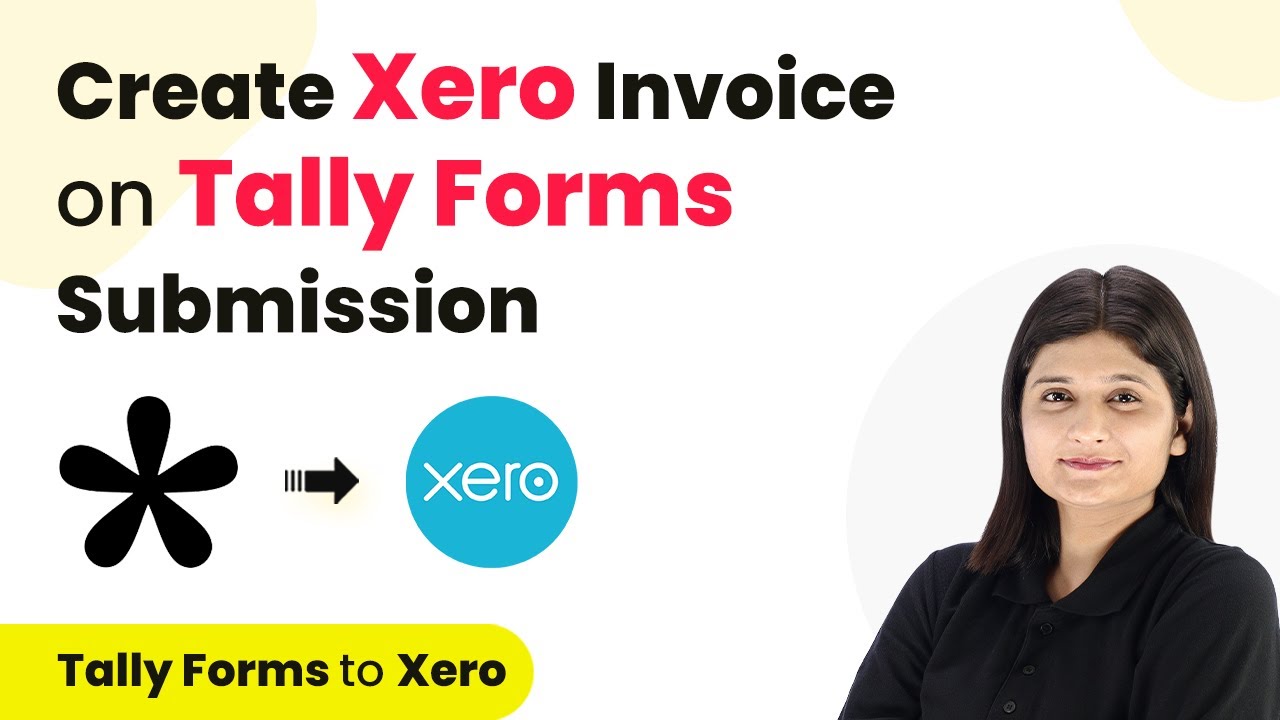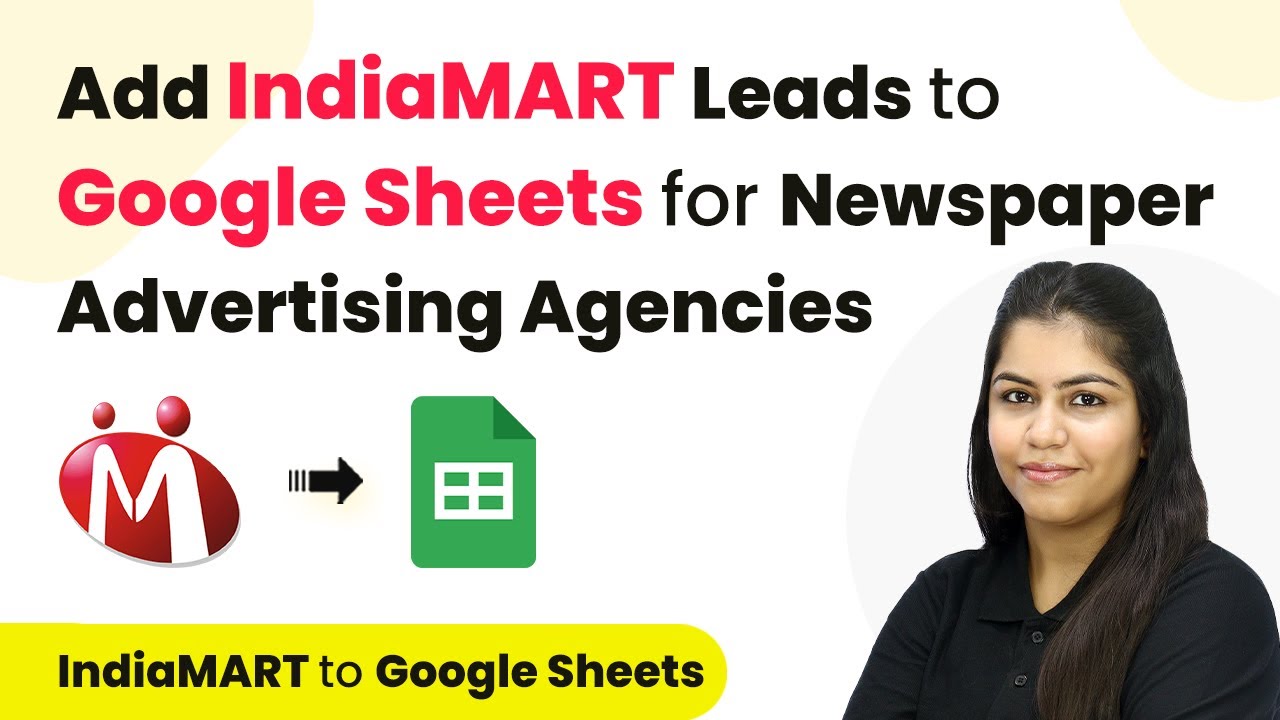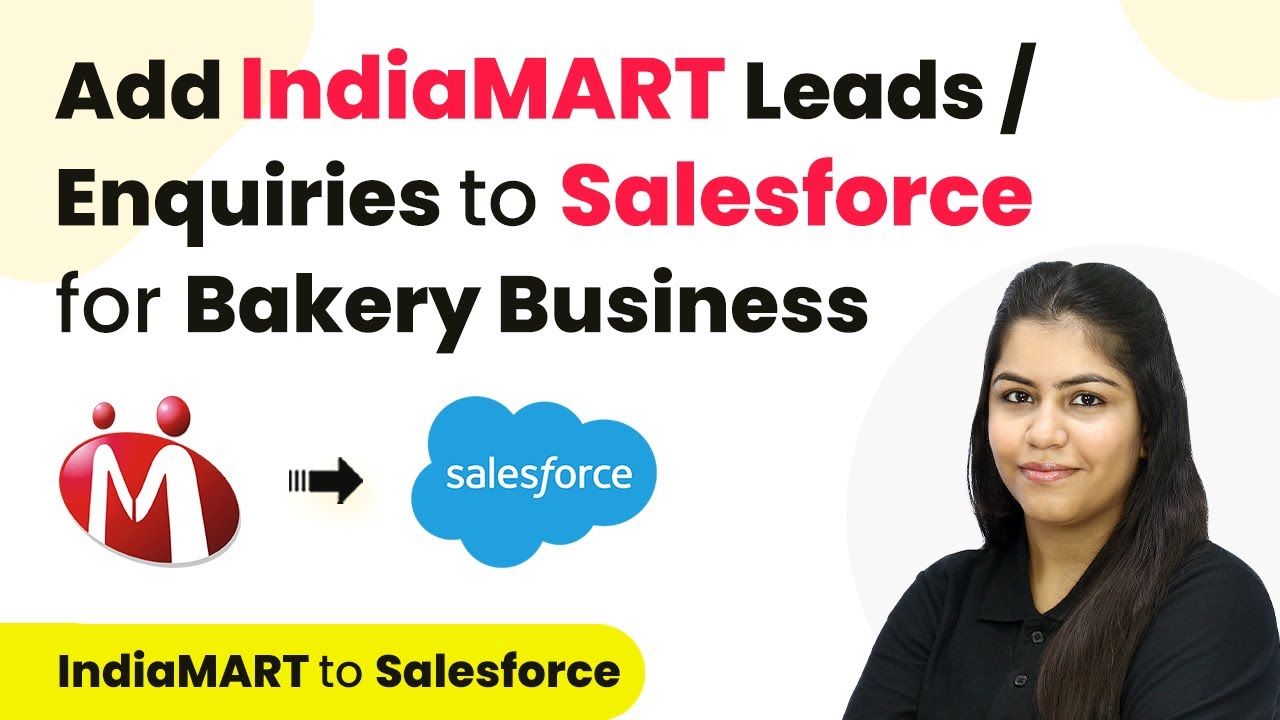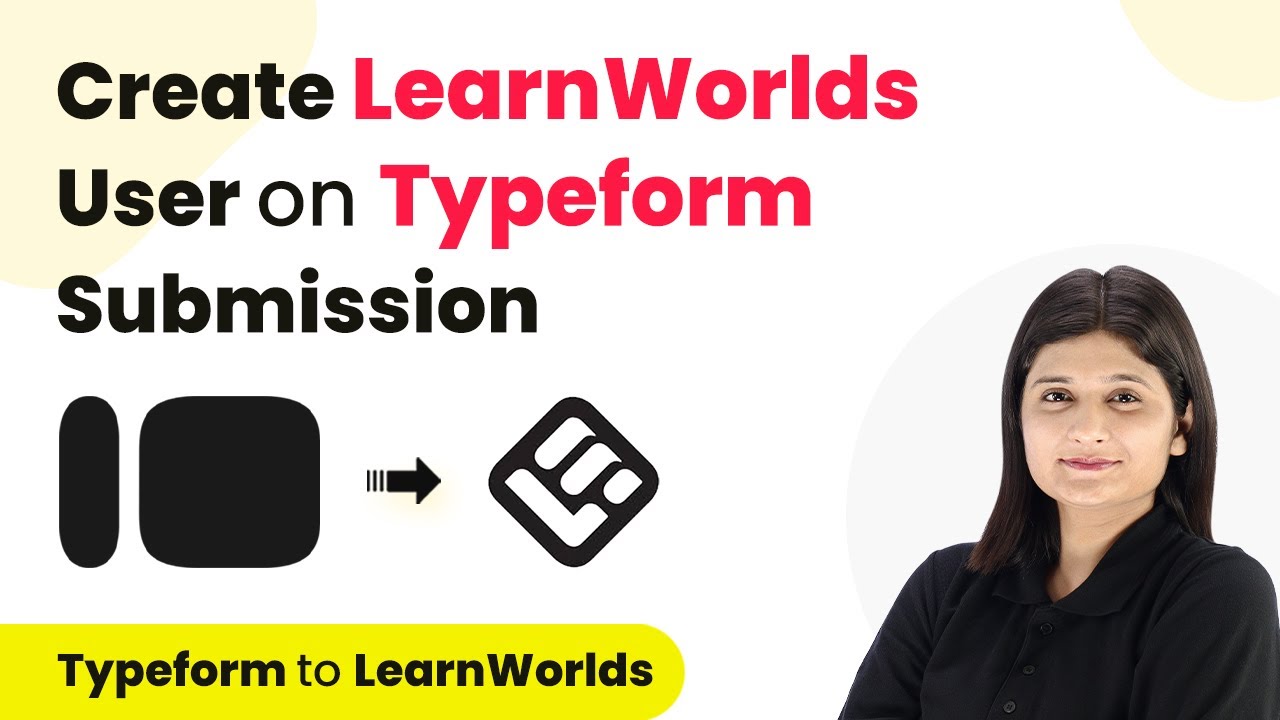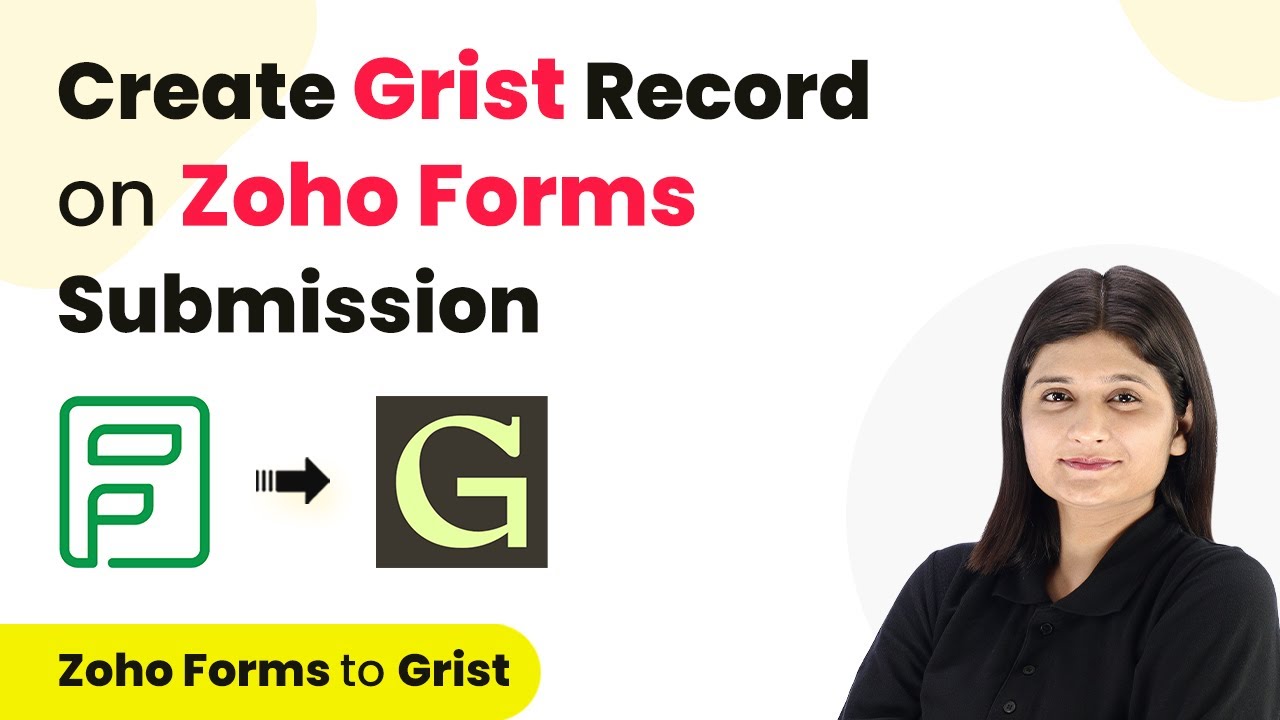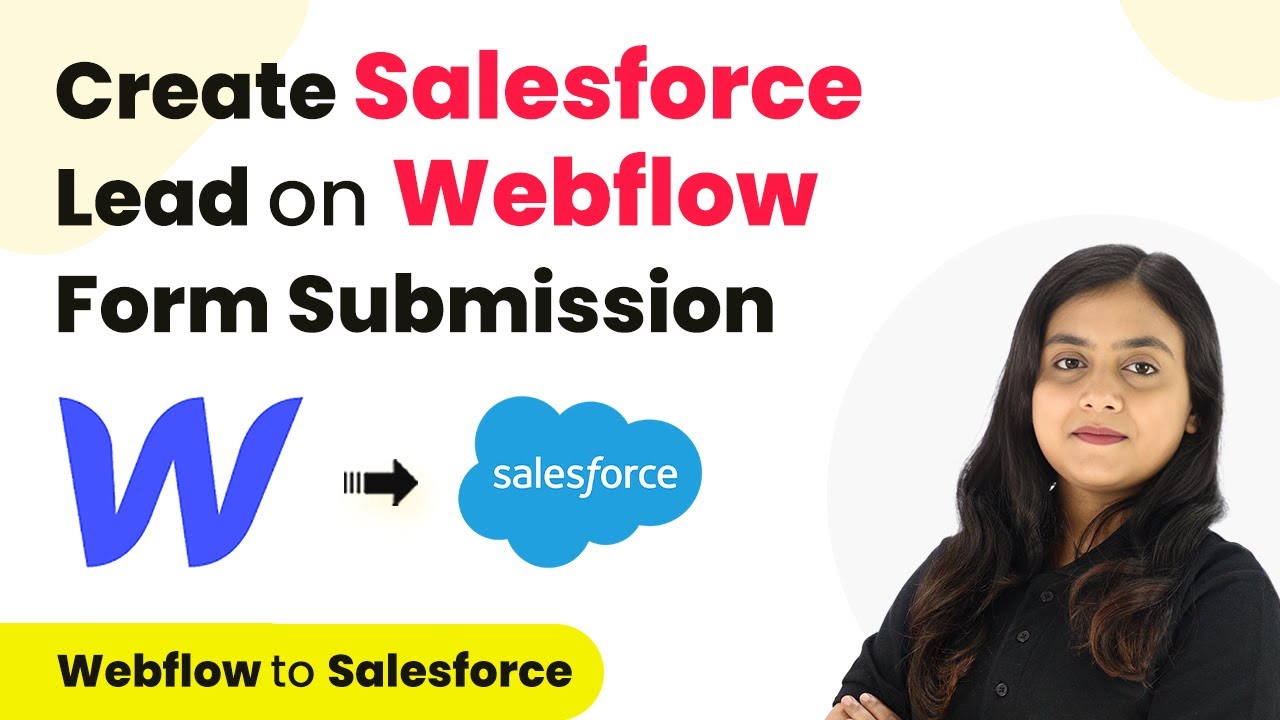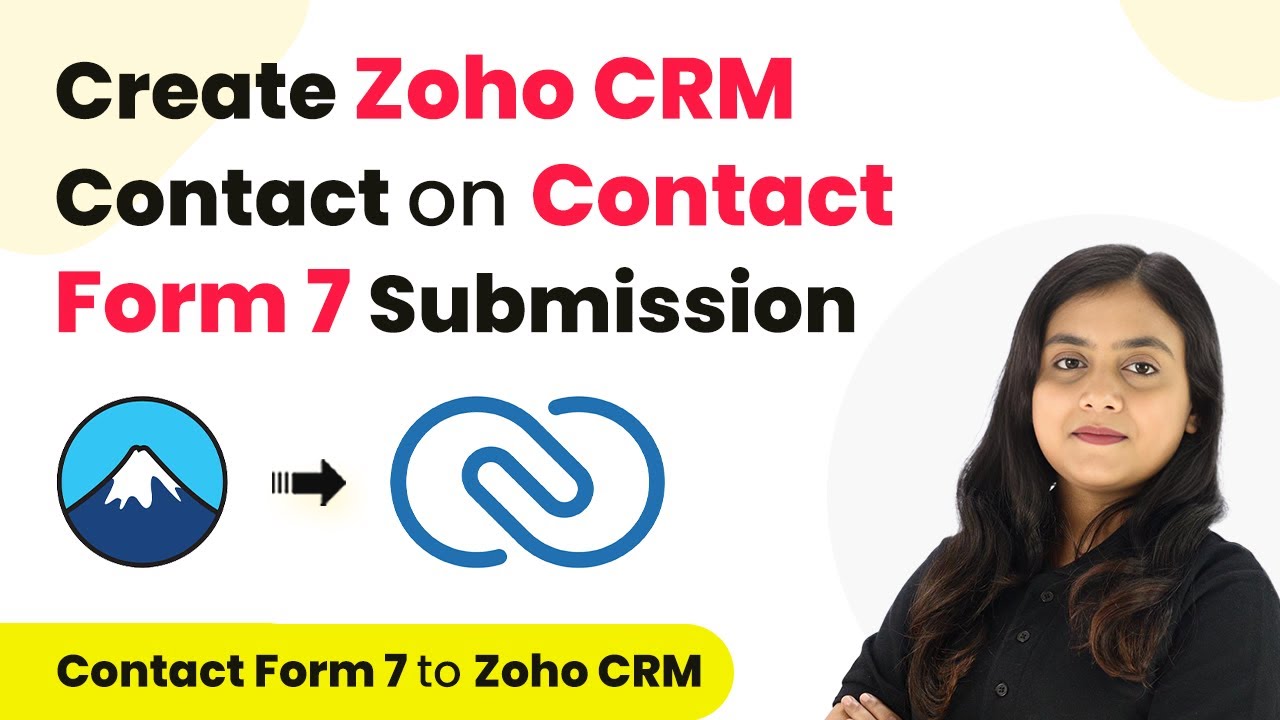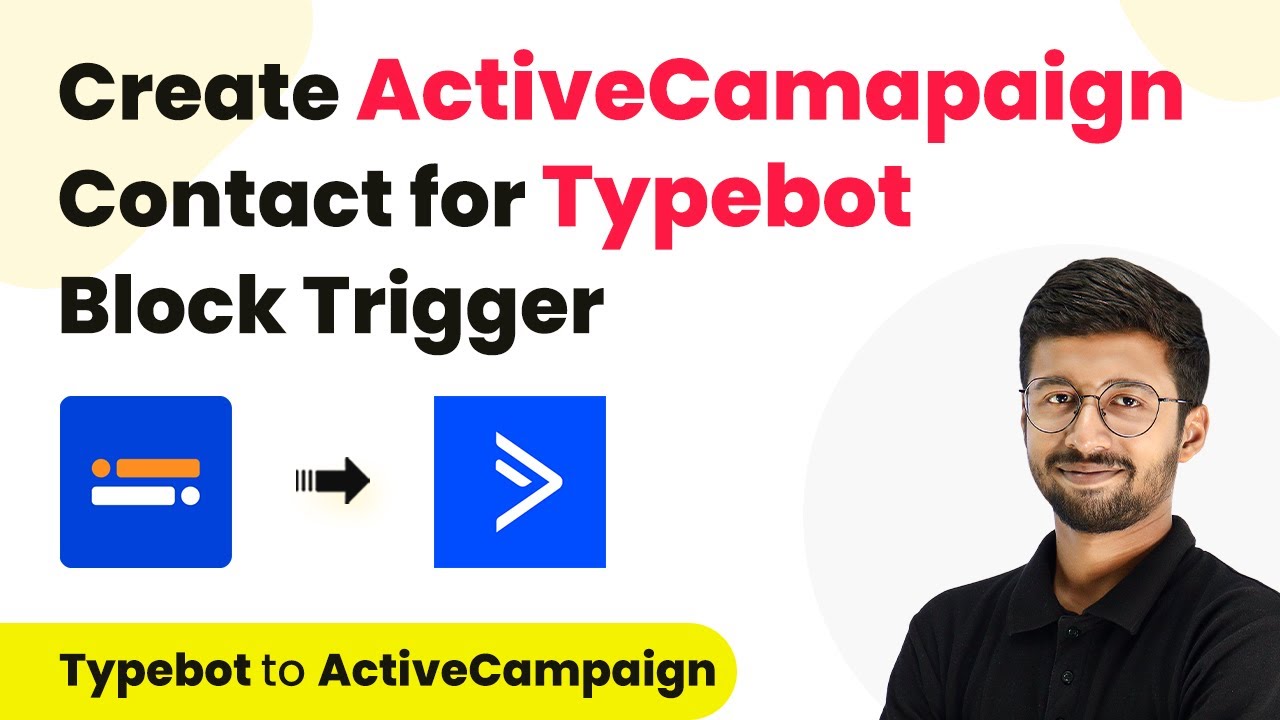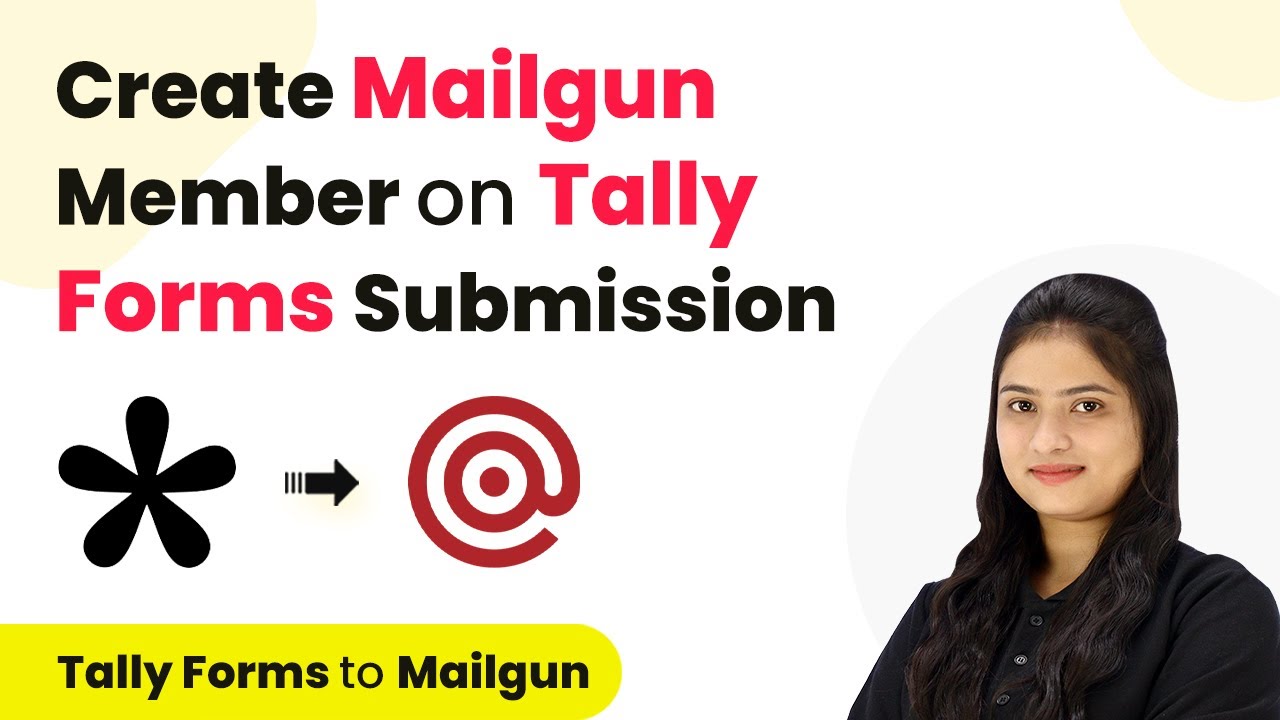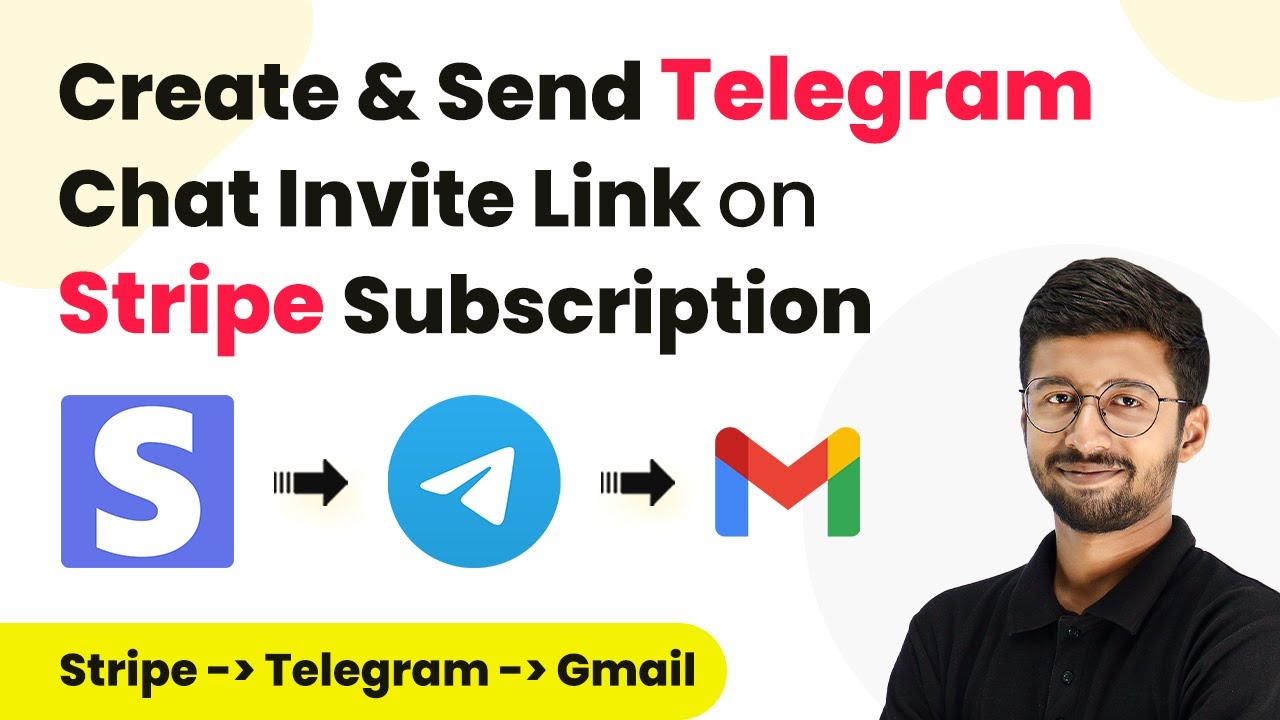Learn how to create Xero invoices automatically from Tally Forms submissions using Pabbly Connect. Step-by-step guide for seamless integration. Discover how to seamlessly connect your essential tools through accessible instructions that make powerful automation available to professionals at every skill level.
Watch Step By Step Video Tutorial Below
1. Accessing Pabbly Connect for Integration
To create Xero invoices on Tally Forms submission, you first need to access Pabbly Connect. This powerful automation platform allows you to integrate various applications seamlessly without any coding skills required.
Visit the Pabbly Connect website by typing ‘Pabbly.com/connect’ in your browser. If you already have an account, click on the ‘Sign In’ button located at the top right corner. For new users, click on ‘Sign Up for Free’ to create an account, which offers 100 free tasks monthly.
2. Creating a New Workflow in Pabbly Connect
After signing in to Pabbly Connect, you will be directed to the dashboard. Here, you can create a new workflow by clicking on the ‘Create Workflow’ button. You will need to name your workflow, for example, ‘Create Xero Invoice on Tally Forms Submission’, and select a folder to save it.
- Click on the ‘Plus’ icon to create a new folder if necessary.
- Select ‘Create Workflow’ to start the integration process.
Once the workflow is created, you will see two boxes: one for the trigger and one for the action. The trigger is the event that starts the workflow, while the action is what happens as a result. In this case, the trigger will be a Tally Forms submission.
3. Setting Up the Trigger for Tally Forms
To set up the trigger, select Tally Forms as your trigger application in Pabbly Connect. You will then need to select the trigger event, which is ‘New Response’. This means that whenever a new form is submitted, the workflow will be activated.
Next, you will be provided with a webhook URL. This URL acts as a bridge to connect your Tally Forms with Pabbly Connect. Open your Tally Forms account, navigate to the form you want to integrate, and click on the ‘Integrations’ tab. Edit the existing webhook URL by pasting the URL provided by Pabbly Connect and save the changes.
4. Testing the Integration Between Tally Forms and Pabbly Connect
After saving the webhook URL in Tally Forms, it’s time to test the integration. Go back to your Pabbly Connect workflow and click on ‘Test Submission’ to check if the data is being captured correctly. Fill out the Tally Form with dummy details and submit it.
- Ensure all required fields are filled out.
- Check for the response in your Pabbly Connect dashboard.
Once the test submission is successful, you will see the captured response in your Pabbly Connect workflow. This confirms that the connection between Tally Forms and Pabbly Connect is working as intended.
5. Creating Xero Invoice from Tally Forms Submission
Now that the trigger is set, the next step is to create an invoice in Xero using the data captured from Tally Forms. In the action application, select Xero and choose the action event ‘Create Invoice’. This allows you to set up the details for the invoice that will be generated. using Pabbly Connect
Map the fields from the Tally Forms response to the corresponding fields in the Xero invoice. For example, input the name, email, and other relevant details from the Tally Forms submission into the invoice fields. Once all fields are mapped correctly, click on the ‘Save and Send Test Request’ button to create the invoice.
If everything is set up correctly, you will receive a positive response indicating that the invoice has been successfully created in Xero. You can then log into your Xero account to verify that the invoice appears as expected.
Conclusion
Integrating Tally Forms with Xero using Pabbly Connect allows you to automate the invoicing process efficiently. By following the steps outlined above, you can ensure that every form submission generates an invoice automatically, saving time and reducing manual errors.
Ensure you check out Pabbly Connect to create business automation workflows and reduce manual tasks. Pabbly Connect currently offer integration with 2,000+ applications.
- Check out Pabbly Connect – Automate your business workflows effortlessly!
- Sign Up Free – Start your journey with ease!
- 10,000+ Video Tutorials – Learn step by step!
- Join Pabbly Facebook Group – Connect with 21,000+ like minded people!
